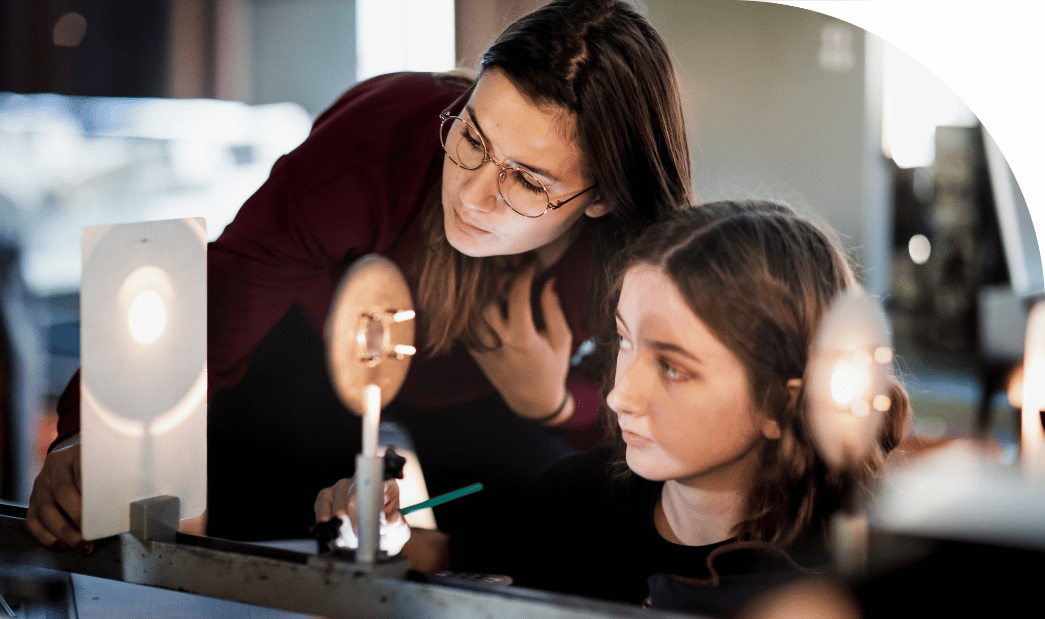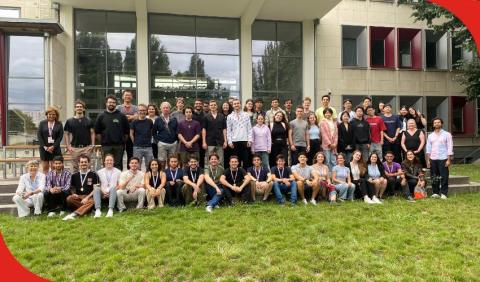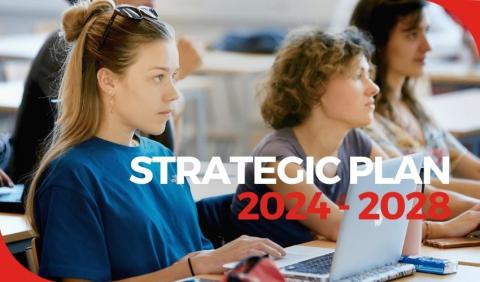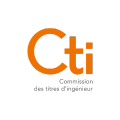EPF Engineering School changes the way physics is taught on its campuses

Learning difficulties identified
A number of observations have been made regarding how students work and their ability to achieve the learning outcomes in physics.
Firstly, there is a lack of motivation among students. The subject is often perceived as difficult and highly theoretical, which means that students find it hard to make the connection between physics and the world around them. Yet it should be stressed that physics is an integral part of our everyday environment, which is why it is important to succeed in arousing students' active curiosity about the subject.
At the same time, many students suffer from shortcomings in their working methods. The absence of a structured approach can hinder the assimilation of concepts and the resolution of problems. It therefore becomes imperative to develop effective learning strategies to promote a thorough understanding of the concepts covered.
When it comes to students' ability to reason in physics, there are two challenges. Firstly, the ability to grasp a physical reality and adapt theory accordingly is not always fully mastered. This crucial skill requires specific training.
In addition, the ability to solve a problem using a methodological approach and a critical eye for the results often remains out of reach. It is essential to encourage a rigorous approach to problem solving, emphasising a clear methodology and a critical evaluation of the results obtained.
A reform designed to promote student success
The change to the way physics is taught has ambitious objectives, aimed at modernising teaching methods and instilling a new impetus in student learning.
Emphasis will be placed on the need to modernise teaching methods. This will be reflected in a move towards more cross-disciplinary thematic approaches that highlight the ever-present nature of physics in our everyday lives. The aim is to make learning meaningful, by showing students how the discipline shapes the world around them.
To achieve this, it is essential to make widespread use of innovative teaching methods. These dynamic and interactive teaching methods will actively engage students in their learning journey.
Another fundamental aspect of this reform is the rethinking of assessment, which will now be based on the skills acquired by students. This approach will emphasise the development of reasoning and problem-solving skills, rather than focusing solely on theoretical knowledge and application know-how.
Strengthening the link between mathematics and physics is also a major focus of the reform at EPF. To ensure a thorough understanding, some of the mathematical tools will be taught by physics teachers, enabling students to grasp these two disciplines in an integrated way.
The ultimate aim of these changes is to produce engineers with a solid general grounding in physics. This will be achieved through the introduction of varied, high-level courses that will enable students to acquire a global and in-depth vision of the discipline.
Special attention will be paid to the implementation of a gradual learning curve. This approach aims to encourage the success of each student by adapting the complexity of the teaching to their level of competence.
Finally, the introduction of a History of Science course will be an essential part of the reform. Understanding how physics has influenced and continues to influence our world will enable students to become aware of the importance of this discipline in the very fabric of our society.
By implementing these ambitious objectives, this educational reform aims to create a stimulating and enriching learning environment, where students will be able to develop a thorough and global understanding of physics, while cultivating skills that are essential for their future careers in engineering.
New teaching approaches
The thinking and bibliographical research carried out by the Pedagogical and Digital Innovation Unit (IPN) have led to an innovative approach aimed at optimising the transmission of knowledge in physics. This methodology focuses on several key areas:
Lectures have been virtually eliminated. Instead, content is now delivered in the form of concise video clips, each lasting no more than 10 minutes, using lightboards, which are now available on all EPF campuses. This adaptation to the media widely used by today's generation of students is designed to encourage their engagement and assimilation of the concepts.
This initiative, inspired by the changes to the way physics is taught, encourages EPF's permanent teaching staff to produce their own video clips. A training programme, coordinated by the IPN unit, has also been launched to ensure that teachers are able to use these tools to the full.
The success of this reform also relies on student support, which is built on a number of principles:
A question-and-answer forum has been set up on Moodle, providing a dynamic space for students to discuss their questions and gain a better understanding of the concepts covered.
Weekly assessment of video clips has been introduced. The aim of this is to ensure that knowledge is acquired on an ongoing basis and to quickly identify any needs for clarification or further study.
A precise sequence has been devised for incorporating mathematics and managing the prerequisites. This methodical approach is designed to encourage smooth learning progress.
It should be noted that some of the mathematics lessons are now taught by physics teachers, reinforcing the synergy between these two core disciplines.
Tutorials are provided at 3 levels of progressive difficulty:
- Alpha tutorials provide an opportunity to review the video content previously seen by the students. Each session is structured around a quiz (Moodle or Wooclap) on the key points covered in the videos, a question/answer session with the students, and an answer sheet of the direct application exercises in the course.
- Beta tutorials offer more complex, guided exercises, designed to mobilise the knowledge acquired and develop problem-solving methods. Some sessions may focus on describing and analysing the methodology used to solve a specific problem.
- Gamma tutorials assign students to groups to solve complex problems with a minimum of guiding questions. These sessions aim to develop the advanced skills listed in Bloom's taxonomy.
By coherently incorporating practical sessions into the course sequence, this allows students to become fully immersed in the learning process, thereby fostering an in-depth understanding of the concepts being taught.
After two months in this new format, the teachers are making positive initial assessments, with students arriving at the practical sessions with better knowledge, greater involvement and, above all, a much more positive approach to physics.
Après deux mois sous ce nouveau format, les professeurs font un premier bilan positif et témoignent notamment d’étudiants arrivant en séances d’application avec de meilleures connaissances, une implication plus soutenue et surtout une approche beaucoup plus positive de la physique.









